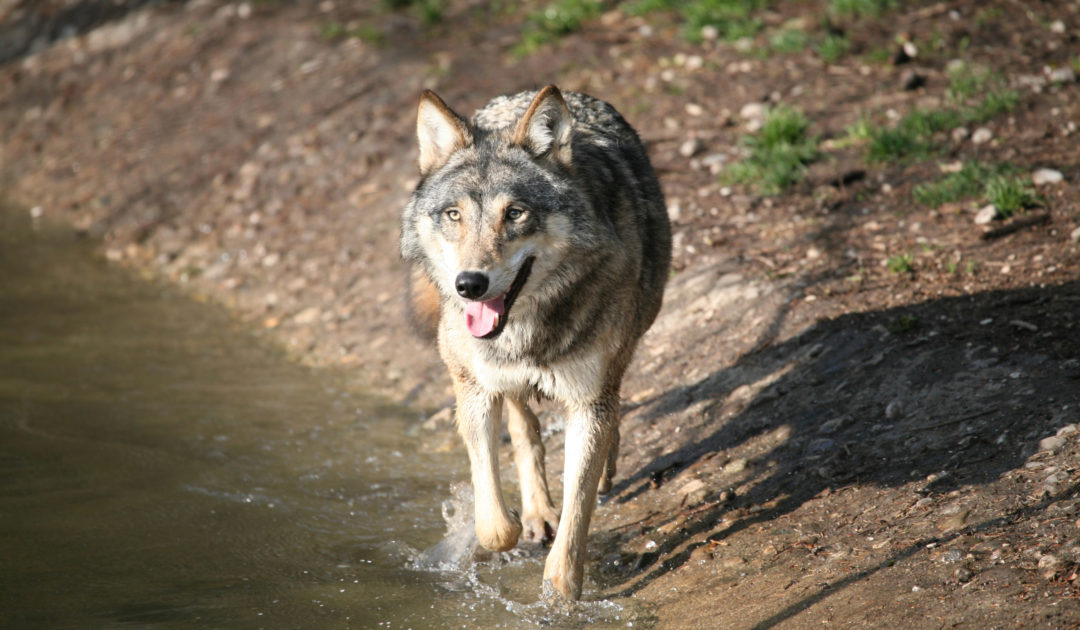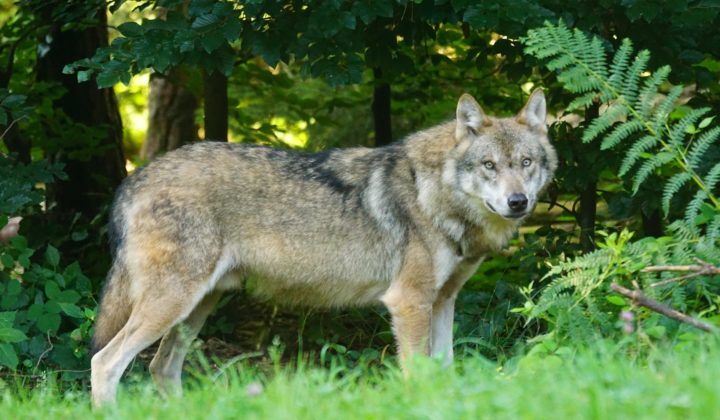Background
Since 2006 mitochondrial DNA sequencing of hair samples was used to delineate wildcat from domestic cat in the Senckenberg Conservation Genetics Lab. Early 2009 we added microsatellite analysis in order to allow for individual assignment, hybrid detection and fine-scale analysis of population divergence, reproductive isolation and the identification of landscape barriers. So far we have analysed several thousands of hair samples collected from valerian-treated lure sticks in Germany, Luxemburg, Austria and further regions. These data have reshaped the known distribution range of wildcats in central Europe and have led to the discovery of wildcat presence in numerous regions, such as the Kellerwald-Edersee National Park and UNESCO world heritage site, the Rhön mountains, the Steiermark region in Austria or in Saxony. Moreover, we estimate population size of regional populations and have estimated the effects of major landscape elements, such as the Rhine river valley or the Autobahn A3 in Germany (Hartmann et al., 2013). Our analyses are done in close cooperation with the BUND (Friends of the Earth Germany).
Kathrin and Annika conduct the wildcat research in the frame of their PhD projects, and Susanne, Dino, and Mascha conduct lab analyses, sample logistics, and help in methodological improvements.
The wildcat
The European wildcat serves as flagship species for the conservation of unfragmented, near-natural broad-leave forests. Historic persection as well as habitat loss and fragmentation has led to a severe population decline. Since the second half of the 20th century, the wildcat is expanding in Germany. Data on wildcat presence was, however, only sparely distributed, due to the elusiveness of this species and the difficulty to discriminate it from its domestic form – wildcats show well-distinct black tail-rings, 4-5 black stripes on their neck, and a blurred stripe pattern at the flanks, which is best visible around the shoulders (Krüger et al. 2009). Road kills are analysed by morphometric determination of skull and gut size.
Krüger, M., Hertwig ST, Jetschke G, Fischer MS (2009) Evaluation of anatomical characters and the question of hybridization with domestic cats in the wildcat population of Thuringia, Germany. Journal of Zoological Systematics and Evolutionary Research 47: 268-282.
Lure stick method
The lure stick method (Simon and Hupe, 2007; Steyer et al., 2013) allows for simple and effective wildcat detection and monitoring. Since its routine implementation in wildcat monitoring activities in Germany it has rapidly expanded the knowledge on wildcat distribution across the country. The method is straightforward: A simple wooden stick (60 cm) is roughened with a steel brush and sharpened on one side. Drive the stick into the ground, so that it stands solid and treat it with valerian extract (from the pharmacy) as scent lure. Cats will be attracted, rub, and leave hairs that can be sampled every few days up to a week. Check this clip for Kathrin’s charming YouTube instructions. Enjoy!
DNA analysis of hair samples
Hairs contain low amounts of DNA, mostly in the hair follicle. This DNA has to be preserved and treated with caution until it arrives in the laboratory where we will take care of it. Please consider the following golden rules:
- Keep hairs dry, humidity leads to rapid DNA degradation, please use our envelopes with silica gel.
- Sample several hairs with follicles from the lure stick. The more hairs we have the higher is the chance of successful analysis.
- Do not freeze or cool the hairs in the fridge. Place them at constant room temperature or slightly below, keep samples dark, send them to us asap.
- Keep samples in a closed bag, to avoid contamination with cat hairs.
- Transfer hairs with forceps, do not use tape.
Analysis of mitochondrial DNA haplotypes
Mitochondrial sequence analysis is widely used for species discrimination and identification. DNA-barcoding, for instance, relies on a small stretch of mitochondrial DNA (mtDMA). MtDNA is more frequent in the cell than nuclear (chromosomal) DNA and is therefore easier to extract from hair samples compared to nuclear DNA. MtDNA analysis is often successful with only a single hair, it allows for a reasonable distinction between wild- and domestic cats, but it will not account for the effects of hybridisation nor is it 100% safe. It only reveals the maternal ancestral lineage of a sample, as mtDNA is inherited via the mother’s egg only. A hybrid between a domestic male cat and a wildcat female will show a mitochondrial wildcat haplotype. Moreover, wildcats and domestic cats share some common haplotypes. Thus, we use mtDNA mostly as a fast prescreening to identify potential wildcat samples that can be used for microsatellite analysis.
A genetic fingerprint for cats: microsatellites
A nuclear microsatellite analysis is feasible if a hair sample contains several hairs with bulbs. For this we run 14 variable microsatellite markers and a sex marker with three PCR replicates per hair sample. Fragment lengths of the replicates are compared to exclude genotyping errors and generate a consensus genotype. The resulting genotype information is used to assign individuals, calculate relatedness and assess population structure. Our reference dataset of >500 morphologically checked wild- and domestic cats of various origins ensures safe discrimination of both forms and the identification of hybrids.
Projects
In the framework of the following projects, we cooperate with several project partners:
- Wildcat monitoring in Germany and adjacent regions (several project partners)
- Wildcat Leap (BUND Friends of the Earth Germany)
- Monitoring of the wildcat in the Kellerwald-Edersee National Park (Kellerwald-Edersee National Park, Institut für Tierökologie und Naturbildung)
- Analysis of the population structure and barrier effects on the wildcat in the Rheingau-Taunus Area (Hessen Forst FENA)
- Regional population structure and reconstruction of the recolonisation of wildcat habitats in the Rhön (RhönNatur e.V., Rhön Biosphere Reserve)
Options for scientific cooperation
We conduct genetic analyses of hair samples in order to identify and individualise wildcats.
Since the1st of July 2015 the sample form (Excel) cannot be used any more. Please use our online tool: www.wildtiergenetik.de.
Important Notes
Please read the information sheets above thoroughly and particularly note the following:
Use of data: We reserve the use of the data that we obtained from your samples for ourselves in the form of presentations and publications. Exceptions from this rule must be discussed in advance of sample processing. The wolf monitoring data remain in the possession of the federal states of Germany.
Online tool: You must use our online tool to place an order.
Options for scientific cooperation
In the framework of scientific cooperation, the Conservation Genetics Section provides the following services regarding the identification and analysis of mammal species:
- DNA extraction
- Analysis of mitochondrial DNA
- Analysis using Microsatellites



